Starting on the top of Haleakala Crater and descending to the crashing waves of the Pacific Ocean, Haleakala National Park is a stunning national park with many incredible hiking trails and a truly amazing landscape. This guide to hiking Haleakala National Park covers everything your need to know about the best hikes in the park.
The Haleakala crater towers over Maui reaching 10,023 feet above sea level. The work Haleakala means house of the sun and legend states that Maui (a demigod) lassoes the sun from the summit of the volcano and slowed it’s passage to increase the length of the day.
In this post – we will share some of the top hikes in Haleakala National Park and how to plan your hiking day or days. You can also find lots of other hiking trails in the rest of Maui and Hawaii on our Hawaii Destination Page.
Haleakala National Park’s Hiking Trails
Haleakala offers a variety of hiking trails from coastal walks to waterfalls, to hiking trails that travel down inside the Haleakala Crater. The most important thing to know as you start to plan your visit to Haleakala is that the trails are accessed from two different parts of the park that are very far apart. The hikes are either located in the Summit District of Haleakala Crater or on the coast in the Kīpahulu District. There is no way to visit both areas in a single day.
If you just have one day you will need to choose which district you want to visit. While we loved the coastal trails, the unique part of the park in really the crater and we recommend spending you one day in the Summit District and hiking into the crater.
If you have 2 or more days to explore Haleakala National Park, you can explore both the Summit district and Kīpahulu District. The Kīpahulu District is located at the end of the long and windy Road to Hana. From most parts of Maui it takes about 2.5 hours to drive out to this part of the park.
In addition to a variety of landscapes and locations, Haleakala National Park also offers Haleakala hiking trails that vary in length and difficulty. It’s important to look at the trail length and difficulties of each hike but not let a long trail deter you. Some of the best short hiking trails in the park are a short section of one of the longer trails. For example, you can hiking just the first section of the Sliding Sands Trail for some incredible views without hiking all 11 miles.
Map of the Best Hiking Trails in Haleakala National Park
Top Hiking Trails in Haleakala National Park
Haleakala Hikes: Summit District
The hikes in this section are all found in the summit district of Haleakala National Park. Most of the trails here are more challenging and you may find yourself out of breathe at the elevation is around 10,000 feet above sea level
Sliding Sands Trail (Keonehe‘ehe‘e Trail)
Distance: 11 miles Elevation Gain: 3,600 ft Difficulty: Challenging
The Sliding Sands Trail is a gorgeous hike that descends down into the Haleakala crater. The hiking trail descends about 3.5 miles and 2,500 feet to the crater floor through an desert alpine environment. This is a challenging hike but you can also do this hike as a shorter out and back. The hike to the first overlook is generally easy and just 0.5 miles. If you are looking for a short hike for a view of the crater, this is the best option.
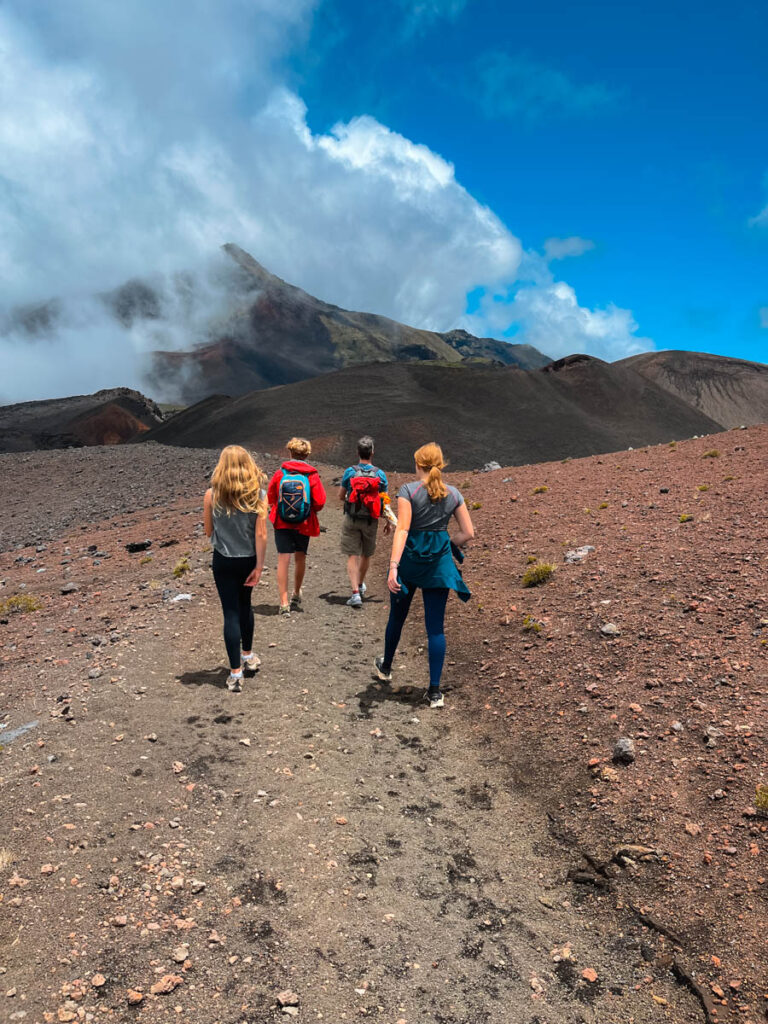
Halemau’u Trail
Distance: 7.6 miles Elevation Gain: 2,375 feet Difficulty: Challenging
Located on the far side of the crater from the Sliding Sands Trail, this hike offer a different experience from the drier and more gradual Sliding Sands Trail, but like the Sliding Sands Trail it can be hiked as an out an back and you don’t need to do all 7.6 miles to get great views on this hike.
This trail starts with a gradual descent to the crater rim where it drops steeply down a series of switchbacks about 1,200 feet. This part of the hike is thrilling with some drop offs and and rocky trail conditions.
Hiking the Sliding Sands Trail and Halemau’u Trail as a Point to Point
Distance: 11.5 miles Elevation Gain: 1,800 feet Difficulty: Challenging
If you are up for a long hike, combining these two trails into one point to point hike is the best hike in Haleakala National Park. Hiking this trail does involve some logistics. Since there is no shuttle in the park, the National Park Service recommends parking at the trailhead for the Halemau’u Trail. From here walk to the road to the ‘hiker pickup’ area and get a ride up to the Sliding Sands Trailhead. From here hike back to your car.
This trail is truly stunning! You can see a complete guide on how to hike this trail in our article: The Epic Sliding Sands Trail and Halemau’u Trail.

Pā Ka‘oao Trail
Distance:0.4 miles Elevation Gain: 100 feet Difficulty: Easy
This short trail is the shortest and easiest way to get a view of the Haleakala Crater. The trail is a good choice if you don’t want to hike one of the longer and longer trails down into the crater. Like many of the other Haleakala National Park hikes in the summit district, this trail can often be within the clouds that can obstruct the views of the crater.
Hosmer Grove Trail
Distance: 0.4 miles Elevation Gain: 75 feet Difficulty: Easy
This easy hiking trail is known for excellent bird watching. The short trail take you directly through a wooded area with interpretive signs describing some of the flora and fauna. This is a great alternative or addition to the crater hikes in the summit region.
Other Haleakala National Park hiking Trails in the Summit District: In addition to the hiking trails that are easy to access in Haleakala’s summit district, there are also a number of trails that take you further into the crater and offer opportunities for further exploration in the backcountry. You can see more at the NPS about backpacking in Haleakala.
Hikes in Haleakala National Park: Kīpahulu District
The Kīpahulu District is located in the far southeastern corner of Maui and can only be reached by driving the Road to Hana or around the southern part of the island. This area is very remote so give yourself ample time for this drive.

Pipiwai Trail
Distance: 3.8 miles Elevation Gain: 900 feet Difficulty: Moderate
This is a moderate and diverse trail in Haleakala National park in the Kīpahulu District. This trail is an out and back and has several interesting sites including two gorgeous waterfalls, a giant banyan tree and our favorite part – a bamboo forest. The trail is very popular and has well marked and easy to follow paths and boardwalks throughout.
See more about hiking the Pipiwai Trail.

7 Sacred Pools
Distance:0.6 miles Elevation Gain: 100 feet Difficulty: easy
This is an easy and short trail that follows a loop that goes past the 7 sacred pools. This trail is also called the Kūloa Point Trail. This sacred spot has a series of cascading falls and pools that lead from the slopes of Haleakala to the Pacific Ocean. If you are already visiting the Pipiwai Trail, this is an easy addition or a shorter alternative if you don’t have the time of want to do the 3.8 mile Pipiwai hike.
See more about hiking to the 7 Sacred Pools.
Tips for Hiking Haleakala National Park
Below you can see some tips for planning your visit to Haleakala National Park and making the most of some of the best trails for hiking in Hawaii, Maui.
Tips for a Memorable Hiking Experience in Haleakala National Park
- Plan ahead: Research the hiking trail and be aware of the trail conditions before starting. Especially in the Summit district, the conditions can change quickly and you should have a plan in place.
- Start early: Begin your hike in the early morning. In general there are fewer people on the trail and you can try to time your visit to watch the sunrise. If you plan to watch the sunrise, note that you will need to reserve an entry time through the NPS.
- Dress appropriately: The summit region is much colder than the coast of Maui. Wear layers and choose moisture-wicking, breathable clothing. Carry a waterproof jacket and sturdy hiking boots to navigate various terrains.
- Stay hydrated and carry ample food: There is no water available on these trails, so carry lots of water and snacks.
- Practice Leave No Trace: Respect the environment by packing out your trash, staying on designated trails, and refraining from disturbing wildlife or vegetation. Help preserve the park’s natural beauty for future hikers.
- Pace yourself and take breaks: Hiking in Haleakala can be physically demanding and the elevation adds an extra challenge. Take breaks when needed, listen to your body, and don’t push beyond your limits. Enjoy the scenic viewpoints and take time to appreciate the surroundings.
- As always, it’s best to share your itinerary: Inform someone about your hiking plans, including the trail you’ll be taking and your estimated return time.

Best Time to Visit Haleakala National Park
Haleakala is a great National Park to visit throughout the entire year. The weather is generally consistent with comfortable temperatures. It’s important to note that the weather in Haleakala can shift unexpectedly and in the summit district, there is a big different in temperature when the summit if open compared to when the summit is covered in cloud.
When we first arrive to hike the Sliding Sands Trail, the summit and rim were completely covered in clouds. We almost decided to skip the hike. Within 15 minutes and a short walk down into the crater, the clouds partially cleared and we had wonderful views.
Wildlife and Nature Spotting
When exploring the best hikes in Haleakala National Park, it might seem like you are hiking on a totally different planet. Not only is the landscape complete unique, but you are likely to see different plants and animals.
Keep you eyes out for:
- Nēnē (Hawaiian Goose): The nēnē is Hawaii’s state bird and can be spotted in the park. It is a rare goose species endemic to the Hawaiian Islands.
- Hawaiian Monk Seal: This critically endangered marine mammal occasionally visits the coastal areas of Haleakala National Park.
- ‘Io (Hawaiian Hawk): The ‘io is a majestic raptor native to Hawaii. It can be seen soaring through the skies of Haleakala National Park.
- Hawaiian Hoary Bat: The Hawaiian hoary bat is the only native land mammal in Hawaii. It is a nocturnal species and can be found in the park’s forested areas.
- Silversword: The Haleakala Silversword is a unique and iconic plant found only on the slopes of Haleakala. It has silver-colored leaves and blooms a vibrant burst of flowers once in its lifetime.
- ‘Ōhi’a Lehua: This native Hawaiian tree, with its beautiful red blossoms, is an important part of the island’s ecosystem and can be found throughout the park.
- Koa: The Koa tree is a large, native Hawaiian tree that can be seen in the higher elevations of Haleakala National Park. It is known for its valuable wood and vibrant foliage.
- Hala Tree: The Hala tree is a native Hawaiian plant that grows in the park’s coastal areas. It has long, strap-like leaves and produces unique, pineapple-like fruit.
Leave No Trace Principles
As with any hiking trail or National Park. It is always important to practice leave no trace. This means staying on the trail, packing out your trash, not feeding wildlife and taking only photos.

Preparing for Your Hike in Haleakala National Park
What to Wear and Pack When Hiking Haleakala National Park
Depending on whether you are hiking in the Summit or Kīpahulu District, you will want to pack and dress appropriately. Remember that the summit is much colder (about 30 degrees colder) than the coast and the hikes here are much longer and more remote.
Kīpahulu District: Make sure to pack layers including clothes that wick moisture. It’s a good idea to bring a raincoat and a sunhat. Make sure to pack snacks and plenty of water. While the found the trails in this area to be generally easy, I strongly recommend hiking in boot or sneakers.
Summit District: When hiking in the summit district, make sure to pack extra layers and rain gear. We wore a combination of hiking pants and shorts with moisture wicking t-shirts and raincoats. Raincoats can also double and a wind layer and we were glad we had them. Plan to hike in hiking boots or shoes.
It’s also important to pack hiking essentials as well as plenty of water, food and sunscreen.
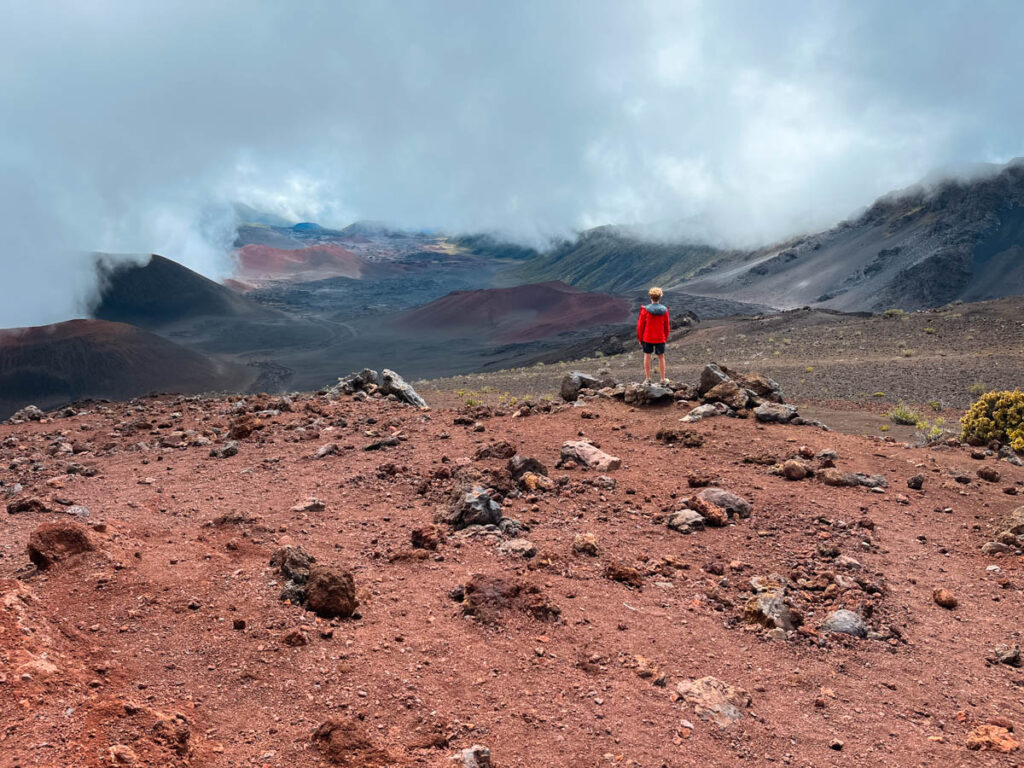
Summary of Hiking Haleakala National Park
We loved hiking in Haleakala National Park and found the variety of the trails enjoyable. If you have a full day we strongly recommend hiking the Sliding Sands Trail to Halemau’u Trail. If you have time for an additional day, drive out to the coastal part of the park and explore the Pipiwai Trail.
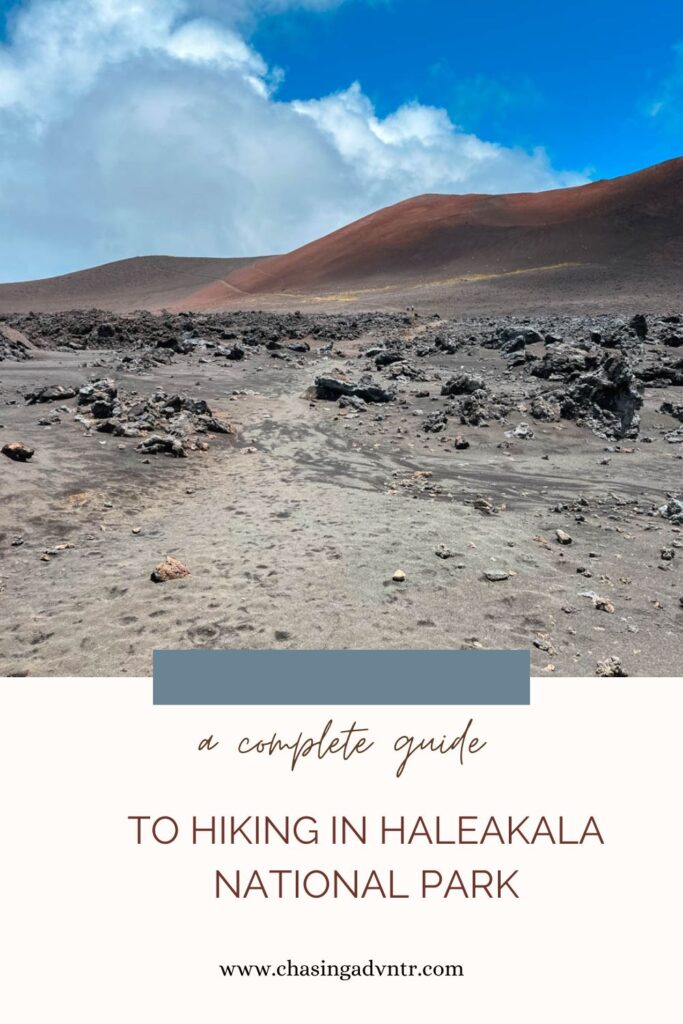


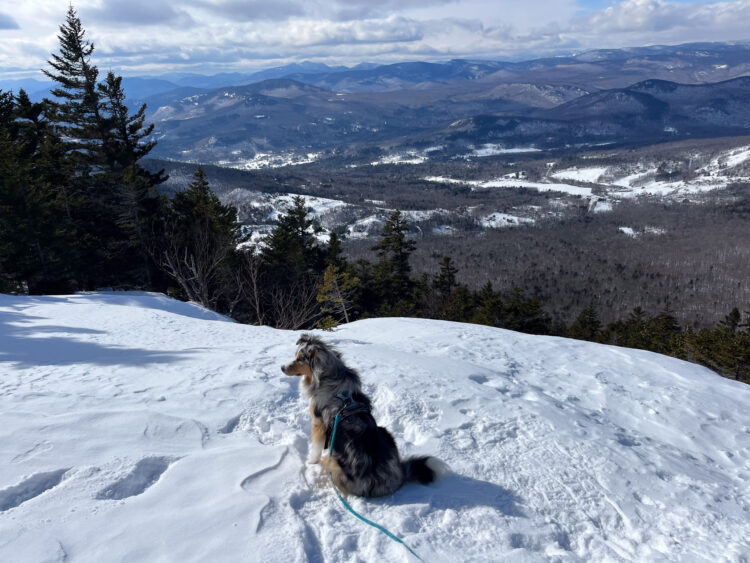

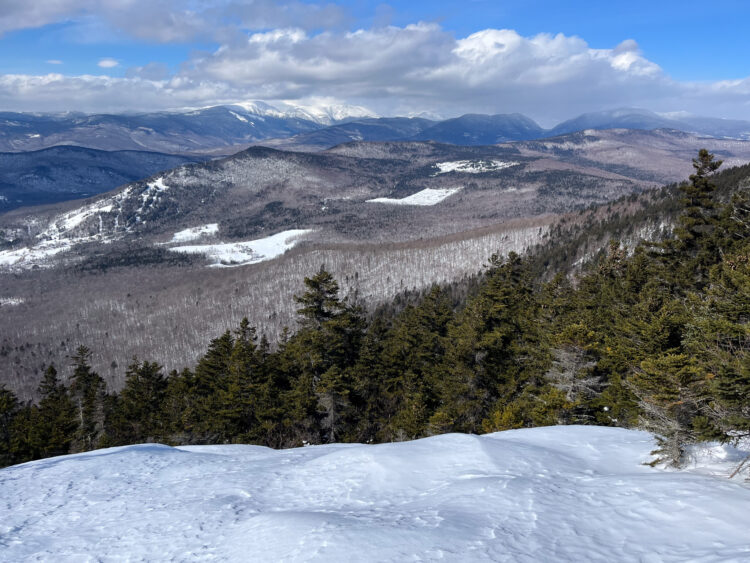
Wow, superb blog structure! How long have you been blogging for?
you make running a blog look easy. The entire look of your website is excellent,
let alone the content material! You can see similar: Vortexara.top and here Vortexara.top
I’m really impressed with your writing skills and
also with the layout on your weblog. Is this a
paid theme or did you modify it yourself? Either way keep up the excellent quality writing, it’s rare to see
a great blog like this one these days. You can see similar: e-commerce and here sklep internetowy